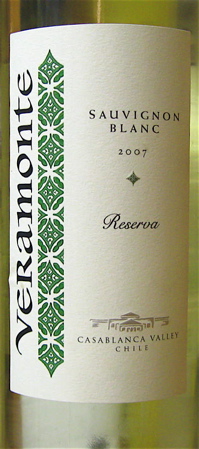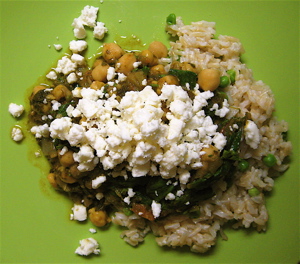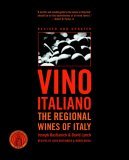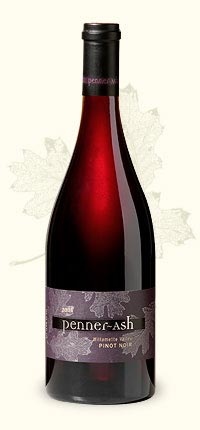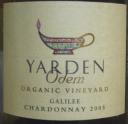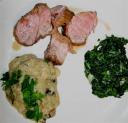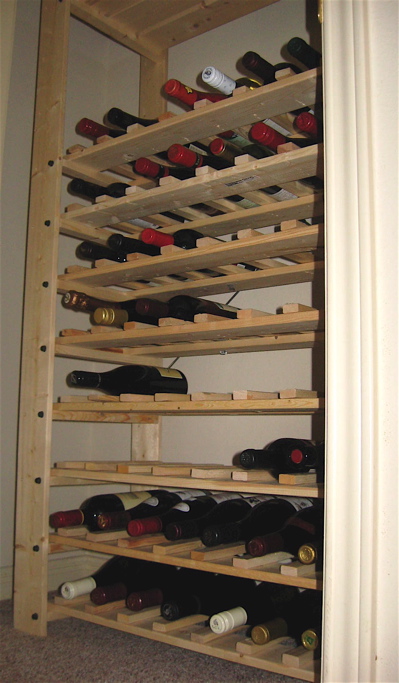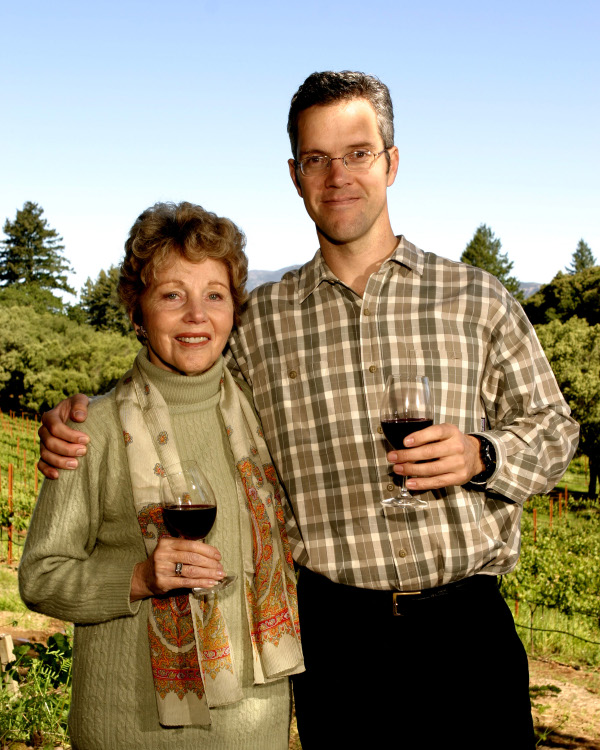But enough about wine; let’s talk about me and my friends for a moment: my husband is a home brewer and a bit of a hop-head, which means that despite the fact that he’s not very into wine, we can at least relate vis-a-vis our respective liquid fascinations. I’m way much totally more of a foodie than he is, and in that realm he just demonstrates the patience and enjoyment of my pleasure that makes him the only man I would ever be married to from now on. Plus, I have foodie friends with whom I can geek out about obscure cuisines and new cooking techniques.
Kegs and Kitchen is written by a good friend of ours who is my Main Man to tell about a neat way to cook beets or a new source for organic, local goat cheese. He does most/all of the cooking in his marriage, as do I, and his love for beer is fairly equivalent to my love for wine. There are two things I really enjoy about his blog, which for the record I would love whether I knew him or not: great writing and fascinating beer and food pairings.
How can you not love a blog in which a barley wine‘s texture is described as feeling “like I’m pouring wet cement in my mouth”? Or pairs caramelized apple crostini with a witbeer that tastes “like you got a smack upside the head from Granny Smith”? He gives you recipes for all the dishes he prepares, and he photographs them all just beautifully.
He’ll probably kill me for hyping him up, as he’s been having trouble getting the time to post much, but you should really scamper over to Kegs and Kitchen. The recipes are divine, the beer reviews are inspiring and the blog itself really extends the genre, as all good writing should do.
